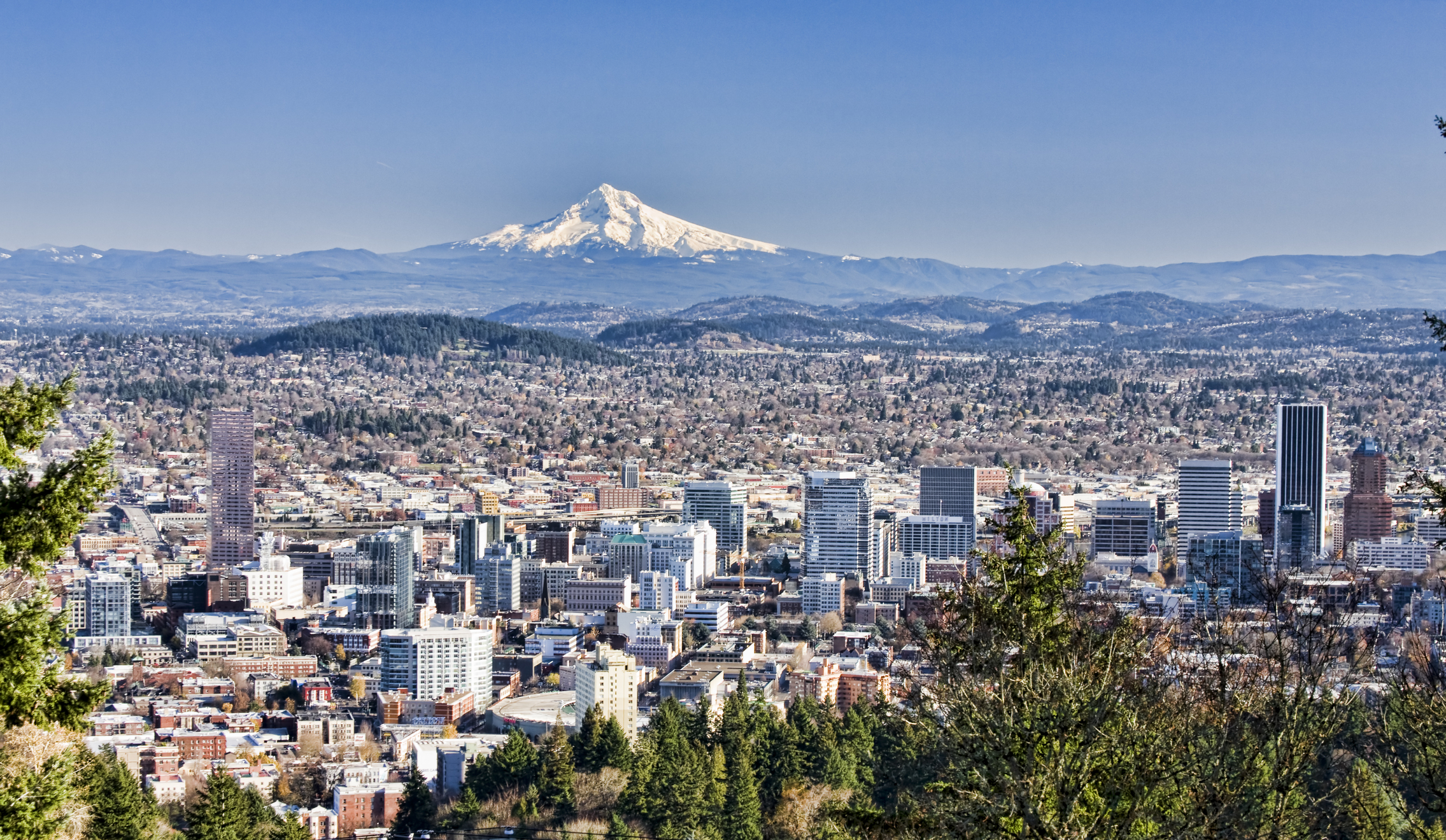According to the Travel Channel website, Portland, Oregon ranked as the number two cycling city in the United States in 2013. Portland has long been a pioneer in cycling. In fact, no other city in the United States has more cyclists per capita. One of those cyclists, Ray Polani, is a pioneer himself.
In 1961, after years of working behind a desk had taken their toll, Ray took to the roads on his bicycle. He rode nine miles daily, first only on dry days. Later he kept to his rides even when it rained. The native Italian found himself to be a major curiosity rather than an inspiration.
errk
“There were heads turning and occasionally there was some honking out of surprise and concern,” says Ray, now 90. “Not many grownups rode their bikes then.”
In the early years of cycling, there were no bike lanes. In his years on the road, Ray was in two accidents: a car once turned left in front of him, sending him over the hood of the car; another time a speeding bicyclist ran into him on a Terwilliger Boulevard curve.
“I was very lucky in all those years,” Ray chuckles. Even so, he served on the Bicycle Task Force in the 1960’s and was a proponent for the Terwilliger Bike Path.
Born and raised in Trieste, the ravages of WWII interrupted Ray’s youth; he graduated in 1942 just as the Nazi’s were moving into his home city. He was coerced into building bunkers for the German army, but in 1944 slipped away to join the Yugoslav-sponsored resistance movement with other Italians.
For a year, he fought with the brigade, Fratelli Fontanot, in a guerrilla war against the Nazis in the Julian Alps. Once, he and a group of men hiked for two days through snow to get fuel. Without proper clothing or boots, Ray suffered a leg injury that brought his fighting to an end. Combat, disease and privation claimed a third of his unit. Italy awarded him a Meritorious Cross for his effort.
“It was a tough time, very tough,” he remembers. “But the fact that you survive and overcome gives you a zest for living.”
After the war, Ray worked as an English translator for the Allied Military Court in Venice while Marshal Josip Tito unlawfully occupied Trieste; he returned to Trieste only after the Allies forced Tito out of the city. He married his longtime sweetheart, Anita Crismanich in 1951, and two years later, they sailed to the U.S. where they first settled in Portland. In 1955, they rode a motorcycle to San Francisco, staying for three years before packing up their belongings and baby daughter, Julia, and returning to Portland.
Shortly after he began cycling, Ray joined the Mazamas mountaineering club. By 1974, he had climbed all the major peaks of the Cascades, including several ascents on Mount Hood, Mt. Rainier, and Mt. St. Helens. He was awarded the coveted 16 Peaks Award.
Ray hung up his bicycle in 2006 at the age of 82, but his passion for alternative modes of transportation remains high. The increase in auto traffic and bicycle traffic on the roads has led to a dangerous mix, often with fatal results.
“We have an increased amount of cars and bicyclists on the roads but no increase in the amount of road space,” he comments. “We need better options for people other than getting more cars. Mass transit works.”
Never one to stand on the sidelines, Ray saw his chance in 1969 when the Tri-County Metropolitan Transportation District of Oregon (Tri-Met) was created. He knew he could help by advocating for cleaner, more efficient mass transportation. He co-chaired the group Citizens for Better Transit, and attended monthly City Club meetings for over 40 years, bringing public transportation into the agenda at every meeting. He also helped establish the Association of Oregon Rail and Transit Advocates (AORTA), still serving as Director.
“The auto has transformed the city,” he explains. “It has sprawled it out. I am impatient with the attitude that if we change fuels pollution will stop and everything will be alright. It won’t. It is what automobiles do to people and to the city that is the problem.”
Ray became one of the forebears of Portland’s light rail rebirth. His plans, first met as noble ideas with a “snowball’s chance” often prevailed. The proof is in Portland’s cycling revolution and the Metropolitan Area Express (MAX). He also pushed for transit centers.
The next step for Portland should be a north-south direct light rail connection on the Eastside. He also believes a subway under the Willamette River is essential. Light rail, ideal for connecting outlying areas, bogs down in the city center with its many intersections and congestion.
“The main problem is giving people a transportation alternative that is as fast as the automobile,” Ray is adamant. “Reliable, frequent transit service with good connections is a must for assured good ridership. Our goal is less cars. Less cars means more riders on mass transit; more riders means less crime on the transit system; less crime means more riders. The Government subsidizes construction but not ridership. That has to change.”





























